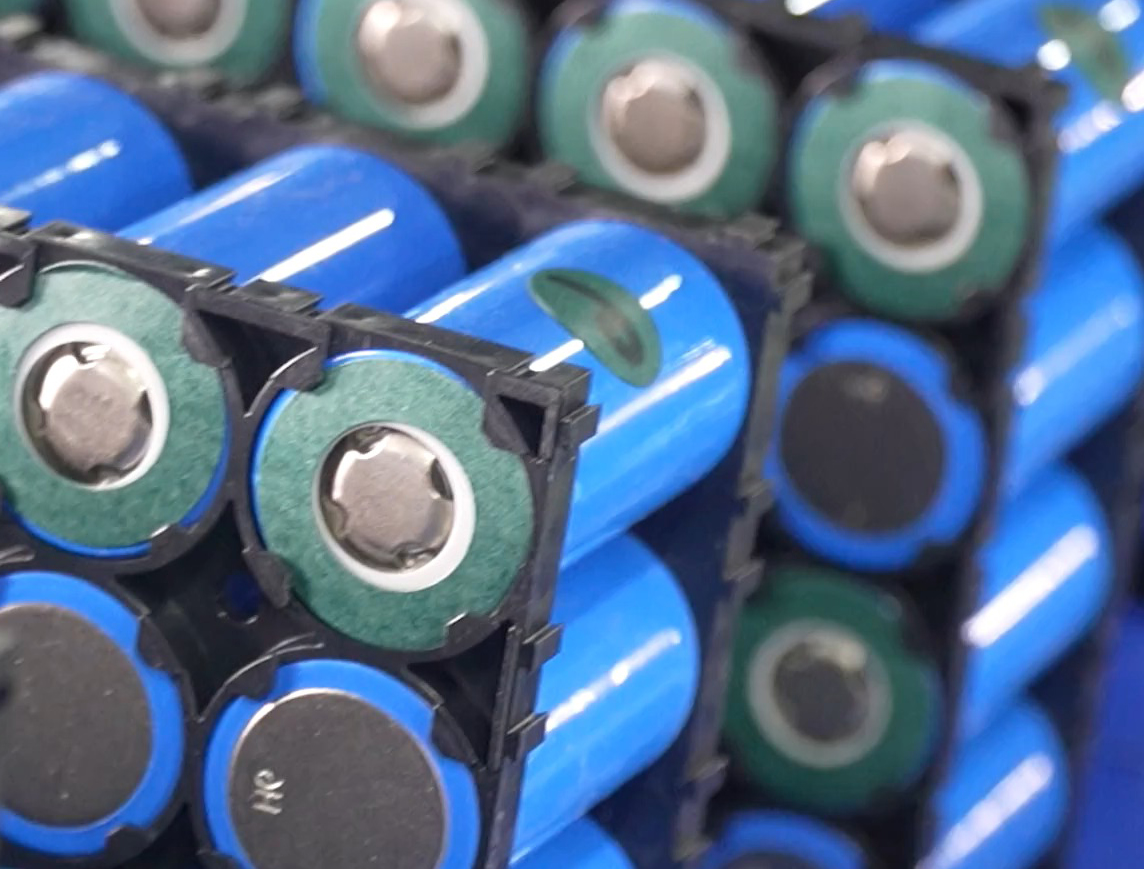Lithium-ion solar cells are a new battery technology that combines solar cells and lithium-ion batteries. This technology combines solar cells with lithium-ion batteries through molecular technology to achieve energy storage and utilization in the way of light-assisted charging. At present, there are two main types of solar lithium-ion batteries commonly found on the market: ternary lithium-ion batteries and lithium iron phosphate batteries. The number of cycles of ternary lithium-ion batteries is generally within 1000 times, and the battery capacity may be less than 80% after 3 years. The number of cycles of lithium-ion iron phosphate batteries is about 2000 times, but its low temperature effect is poor, more suitable for use in high temperature areas, and its life is about 6-8 years.
The market for solar cells looks very promising. With the increasing global demand for renewable energy and growing awareness of environmental protection, solar cells are receiving increasing attention and investment as a clean, renewable energy solution. The policy drive on a global scale is one of the key factors for the development of the solar cell market. Many countries have developed preferential policies for renewable energy, including subsidies, tax incentives, etc., to encourage the development of renewable energy sources such as solar cells.
lithium ion basic principle of solar cells involves the charging and discharging cycle, that is, a complete charge and discharge cycles. During this cycle, the number of times the battery is charged and discharged determines its service life. The life of a lithium-ion battery is usually expressed in the number of cycles, which relates to the depth of discharge and the number of charges of the battery. In general, when the depth of discharge is 80%, the minimum number of charge and discharge of lithium-ion batteries is 625 times, so its theoretical service life is 500 times. However, this is only a theoretical value, in actual use, the life of lithium-ion batteries is affected by a variety of factors, including the size of the current and operating voltage, the temperature of the environment, and the power retention when idle. Therefore, the specific service life of lithium-ion batteries may vary due to different conditions of use. When using solar lithium-ion batteries, the following points need to be noted: First of all, in order to facilitate transportation, lithium-ion batteries are usually not fully charged when they leave the factory, and it is normal to work for a short time after installation. Secondly, if there is no light during the trial, it can be activated directly with solar panels. In addition, be sure not to reverse the positive and negative electrodes, otherwise it may cause damage to the components. Finally, if the battery fails, please do not open it privately, you should directly contact the after-sales installation personnel for processing.
From the market perspective , the market demand for lithium-ion solar cells is increasing with the maturity of green energy awareness, and the continuous progress of science and technology is also promoting the development of the solar cell market. At present, the efficiency of solar cells continues to improve and the cost continues to decrease, making its application in many fields more economically viable. In addition, with the continuous development of new solar cell technologies, such as perovskite solar cells, dye-sensitized solar cells, etc., the performance and application range of solar cells are expected to be further expanded in the future.
From the perspective of market demand, it is also promoting the development of the solar cell market. With the continuous growth of global energy demand and the depletion of traditional energy resources, solar cells, as a renewable energy solution, have broad market prospects. Especially in construction, transportation, agriculture and other fields, the application prospect of solar cells is particularly broad. As for solar lithium batteries, it is a new battery technology that combines solar cells and lithium-ion batteries. The life of solar lithium battery mainly depends on its type and use environment. For example, the number of cycles of ternary lithium batteries is generally less than 1000 times, and the number of cycles of lithium iron phosphate batteries can reach about 2000 times. The life of lithium iron phosphate batteries is about 6-8 years, but its effect is poor in low temperature environments, and it is more suitable for use in high temperature areas.

in terms of the market, although the solar cell market prospects for development, but also faces some challenges. For example, the production process of solar cells needs to consume a lot of energy and materials, and its recycling and disposal are also difficult. Therefore, in the future development, it is also necessary to continuously improve the production efficiency and environmental performance of solar cells to achieve sustainable development. Of course, the market of solar cells has broad prospects for development, but it also needs continuous efforts in technology, policy, market and other aspects to achieve better development and application. Of course, whether it is lithium-ion batteries or solar lithium batteries, the principle involves the charge and discharge process, and the life is affected by a variety of factors, including conditions of use, environment, maintenance and so on. Therefore, when using these batteries, it is necessary to pay attention to follow the correct use methods and maintenance specifications to extend their service life.
In general, the maintenance of solar lithium batteries is also very important, including regularly checking whether the battery surface is clean and whether there is corrosion leakage, which is closely related to the service life of lithium ion solar cells, especially in the process of use, to observe whether the battery appearance is dented or swollen. Tighten the connection screws between battery cells, charge in time, do a good job in the heat preservation of the lithium battery room, and keep the lighting surface of the lithium ion solar module array clean.